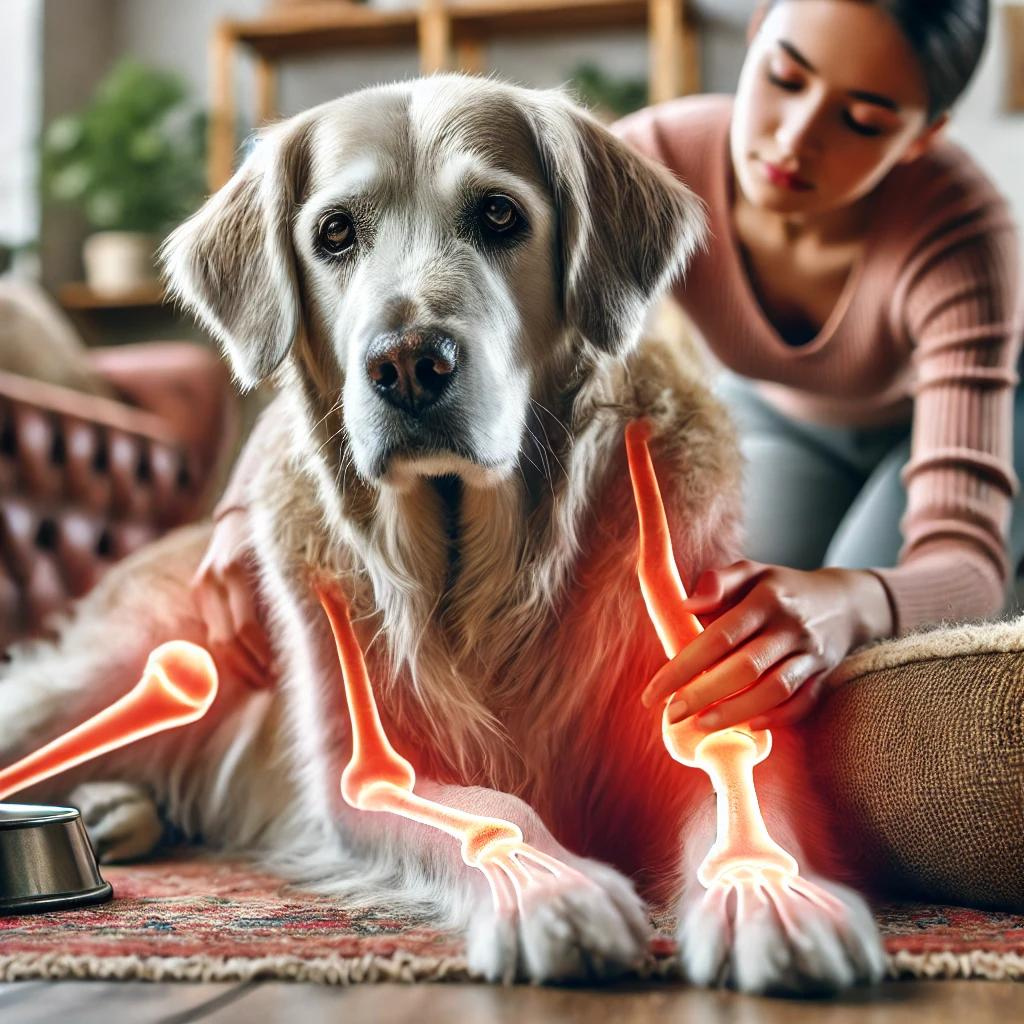Recognizing the Early Signs of Arthritis in Senior Dogs
As our beloved canine companions age, they may start to show signs of arthritis, a common ailment in senior dogs. It’s a condition that can significantly impact their quality of life, but with early detection and proper care, we can help manage their symptoms and keep them comfortable in their golden years.
Arthritis is a degenerative joint disease that causes inflammation and pain.
It’s often a result of the wear and tear of cartilage, the cushioning tissue between the joints, which leads to the bones rubbing against each other. This can be quite painful for our furry friends, and it’s our responsibility as pet owners to recognize the early signs and seek veterinary care.
One of the first signs of arthritis in dogs is a change in their mobility. You might notice your dog having difficulty getting up from a lying position or hesitating before jumping onto their favorite couch or going up the stairs. They may also show signs of stiffness, especially after a long nap or in the colder months. This is because the inflammation in their joints can make movement more challenging and uncomfortable.
Another sign to look out for is a change in their activity level. Dogs with arthritis tend to be less active and may not be as enthusiastic about walks or playtime as they used to be. They might also tire more easily during these activities. If your once energetic pup is now more of a couch potato, it could be a sign that they’re dealing with joint pain.
Changes in behavior can also indicate arthritis.
Dogs are experts at hiding pain, a survival instinct from their wild ancestors. But persistent pain can lead to changes in their behavior. They might become more irritable or aggressive, especially if you touch a painful area. Some dogs might also start to lick, chew, or bite at their painful joints. If your dog is showing any of these signs, it’s essential to consult with a vet.
Weight gain is another sign of arthritis in dogs. Because they’re less active, they might start to put on weight. This can be a vicious cycle as the extra weight puts more pressure on their already painful joints, leading to more pain and less activity.
Lastly, changes in their posture can also be a sign of arthritis. Dogs with arthritis might adopt an unusual posture to try and relieve the pain. For instance, they might lean more on one side, or they might have a hunched back.
Recognizing these early signs of arthritis in senior dogs is crucial.
The sooner we can identify the problem, the sooner we can start managing it. If you notice any of these signs in your dog, it’s important to consult with a vet. They can provide a proper diagnosis and recommend a treatment plan to help manage the symptoms and improve your dog’s quality of life.
Remember, arthritis is not a death sentence. With proper care and management, dogs with arthritis can still lead happy and fulfilling lives. It’s all about recognizing the signs early and taking the necessary steps to manage the condition. After all, our senior dogs have given us years of unconditional love and companionship. It’s only fair that we do our best to ensure their golden years are as comfortable and pain-free as possible.
